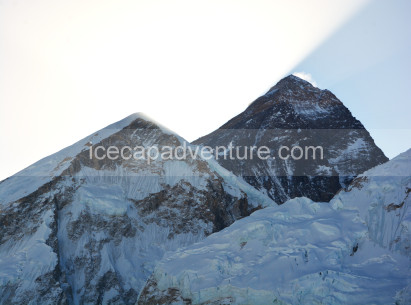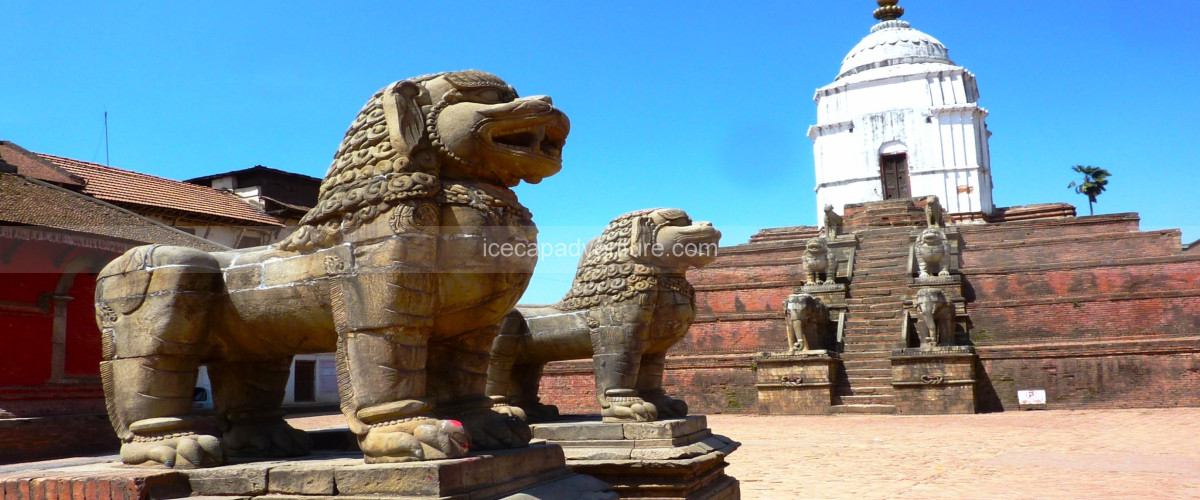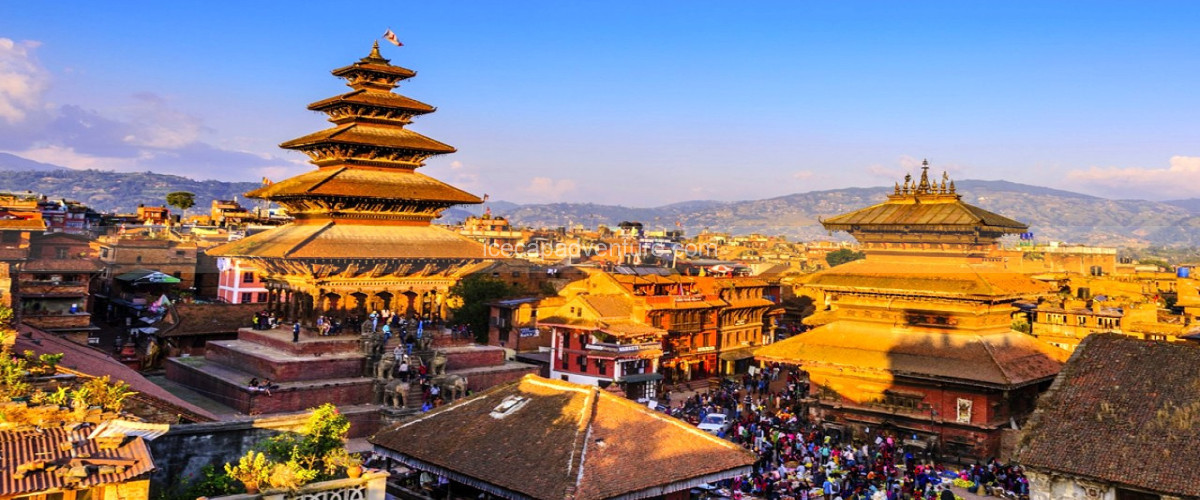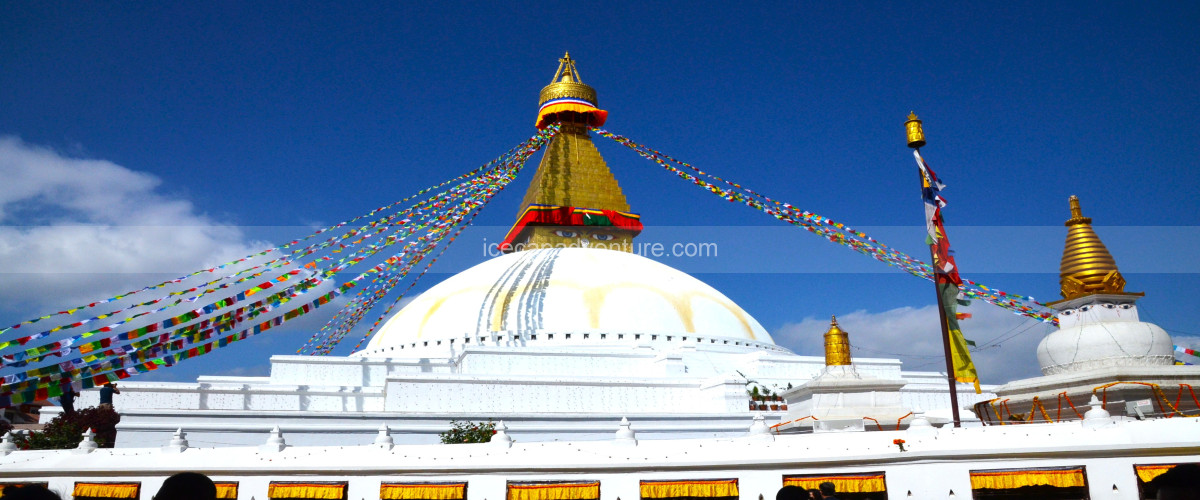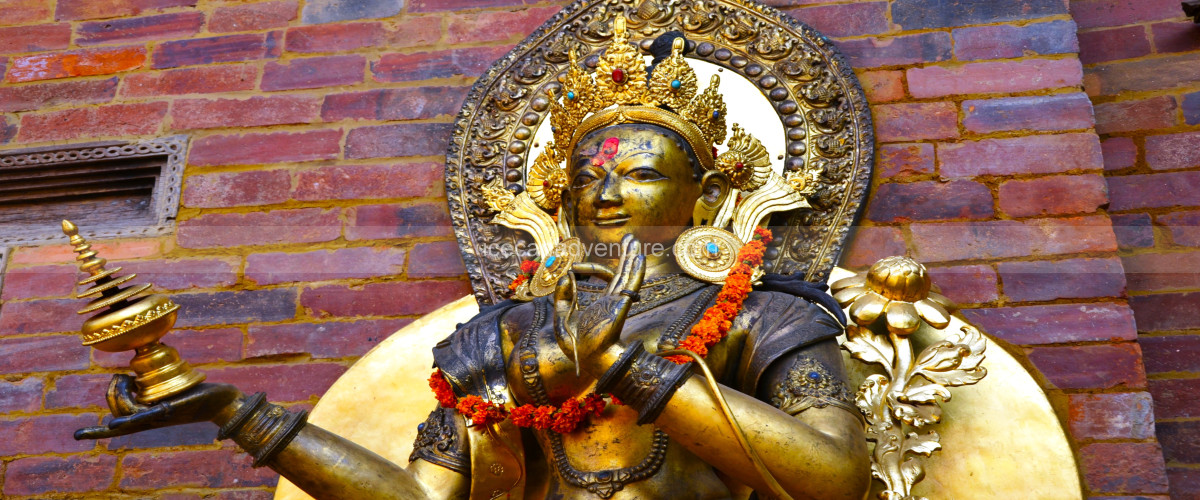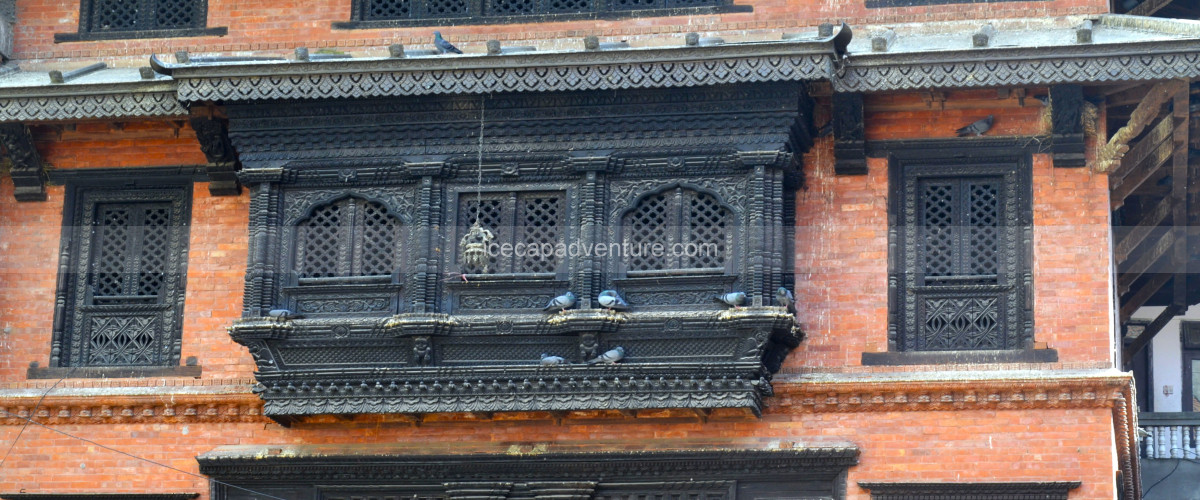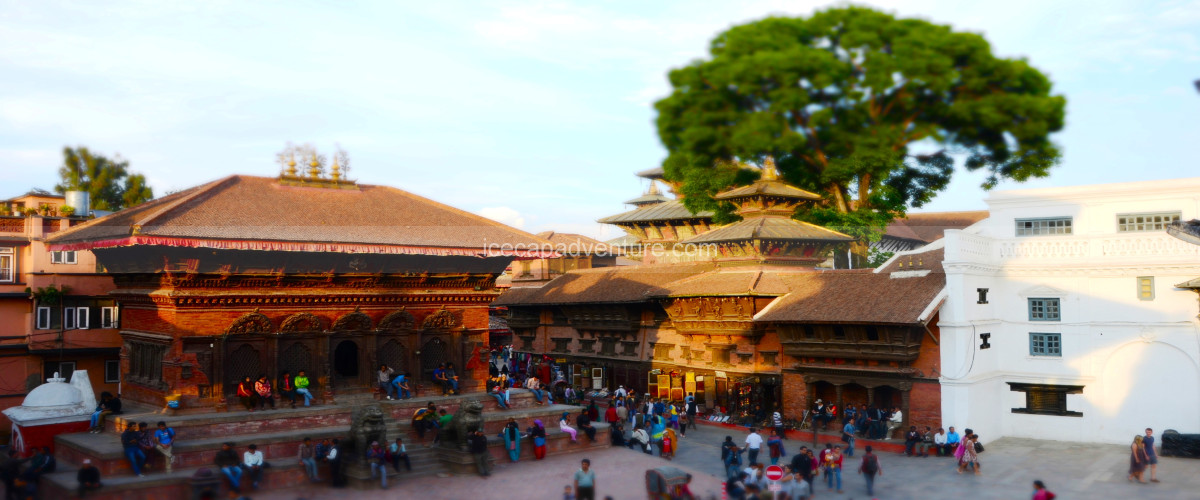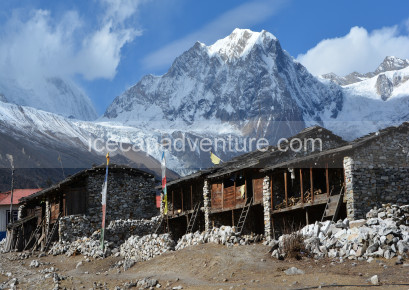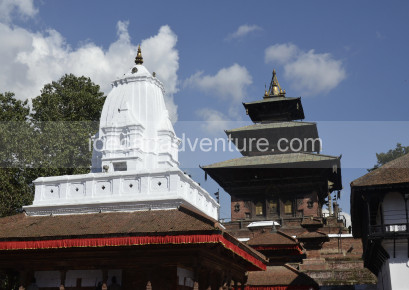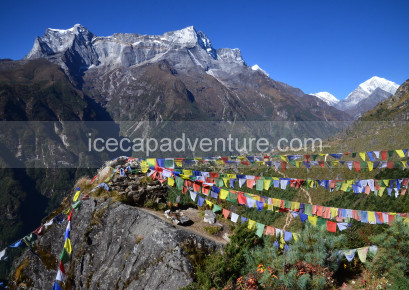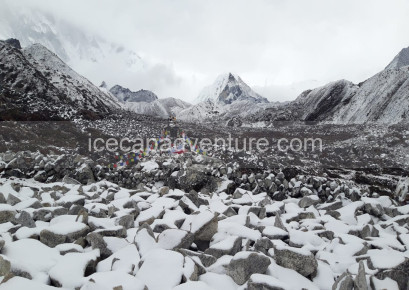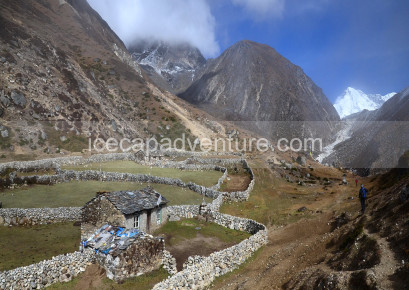.png)
.png)
.png)
.png)
.png)
.png)
.png)
.png)
Kathmandu Valley Tour: Explore the Cultural Heart of Nepal
Discover the heart of Nepal with our Kathmandu Valley Tour, a perfect journey blending history, culture, and breathtaking architecture. The Kathmandu Valley, often called the cultural gem of Nepal, is home to UNESCO World Heritage Sites, ancient temples, royal palaces, and vibrant local markets. This tour offers an immersive experience into the rich traditions, spiritual heritage, and artistic legacy that define Nepal’s identity. Whether you are a history enthusiast, photography lover, or cultural explorer, the Kathmandu Valley Tour provides an unforgettable adventure in the heart of the Himalayas.
Kathmandu, the capital city, is a gateway to iconic landmarks such as the Durbar Squares of Kathmandu, Patan, and Bhaktapur, each showcasing intricate wood carvings, historic palaces, and majestic temples. A visit to Swayambhunath Stupa, also known as the Monkey Temple, offers panoramic views of the valley while providing a serene spiritual atmosphere. Travelers can also experience the sacred rituals at Pashupatinath Temple, one of the holiest Hindu sites, and marvel at the grandeur of Boudhanath Stupa, a central hub for Tibetan Buddhism and meditation.
Key Highlights of the Kathmandu Valley Tour
1. Durbar Squares of Kathmandu, Patan, and Bhaktapur
-
Marvel at centuries-old palaces, temples, and intricate wood carvings.
-
Learn about the Malla dynasty and its influence on art and architecture.
-
Capture Instagram-worthy photography at these heritage sites.
2. Swayambhunath Stupa (Monkey Temple)
-
Experience spiritual serenity with panoramic views of Kathmandu.
-
Observe Buddhist rituals and the colorful prayer flags fluttering in the wind.
-
Interact with the playful monkeys that inhabit the temple complex.
3. Pashupatinath Temple
-
Witness sacred Hindu rituals along the Bagmati River.
-
Explore ancient temples and cremation ghats, reflecting Nepalese spiritual traditions.
4. Boudhanath Stupa
-
Visit the largest stupa in Nepal, a hub for Tibetan Buddhism.
-
Spin the prayer wheels and soak in the meditative atmosphere.
-
Explore surrounding monasteries and local Tibetan shops.
5. Bhaktapur City Tour
-
Walk through medieval streets filled with traditional craft shops.
-
Explore the Nyatapola Temple, Dattatreya Square, and Bhaktapur Durbar Square.
-
Taste local delicacies like king curd and chocolate in the historic town.
6. Patan (Lalitpur) Exploration
-
Discover the artistic city with its exquisite temples, courtyards, and sculptures.
-
Visit the Patan Durbar Square, Krishna Mandir, and Golden Temple.
-
Enjoy cultural workshops showcasing local art and handicrafts.
7. Local Markets and Nepali Cuisine
-
Shop for handmade souvenirs, Thangka paintings, and traditional crafts.
-
Taste authentic Nepali dishes like momo, dal bhat, and Newari specialties.
-
Experience the local lifestyle and vibrant street culture.
1
We will be waiting to welcome you at Tribhuvan International Airport, Kathmandu, where you will be greeted with a traditional Nepali flower garland to mark your arrival. After the warm welcome, we will drive you to your hotel, approximately 30 minutes during the day and 20 minutes at night.
Upon reaching the hotel, you will be offered welcome drinks and biscuits, followed by the settlement of your rooms. Once settled, please join us back in the lobby or meeting hall for a briefing about your tour program on the Kathmandu Valley Tour, including an introduction to your guide and other relevant details. After the briefing, you will have the opportunity to check your equipment with your guide.
Note: If you arrive in Kathmandu at night, these activities will be scheduled for the following day after breakfast and meals.
.png)
.png)
.png)
.png)
2
After breakfast at your hotel, you’ll embark on a cultural exploration of the Kathmandu Valley, visiting two of its most iconic cities: Patan and Bhaktapur.
Your first stop is Patan Durbar Square, a UNESCO World Heritage Site renowned for its ancient palaces, temples, and intricate wood carvings. Here, you’ll explore the royal palace, Krishna Mandir, and Patan Museum, learning about centuries of Newari architecture and cultural heritage.
Next, you’ll drive to Bhaktapur Durbar Square, another UNESCO-listed gem, famous for its well-preserved medieval architecture, courtyards, and pagoda-style temples. Walk through the charming streets, observe local artisans crafting pottery, woodwork, and handicrafts, and soak in the authentic Nepalese culture and lifestyle.
After a day of cultural immersion, you’ll return to Kathmandu, arriving at your hotel in the late afternoon. The rest of the evening is free for relaxation, shopping, or enjoying local cuisine.
Highlights of the Day
-
Visit Patan Durbar Square, a UNESCO World Heritage Site
-
Explore temples, palaces, and museums in Patan
-
Discover Bhaktapur Durbar Square, renowned for medieval architecture and local craftsmanship
-
Observe traditional Newari culture, pottery, and wood carvings
-
Return to Kathmandu hotel with free evening for leisure
.png)
.png)
.png)
.png)
3
After breakfast at your hotel, embark on a full-day cultural and spiritual tour of Kathmandu, visiting some of the city’s most iconic religious and heritage sites.
Your first stop is Pashupatinath Temple, one of the holiest Hindu temples in the world. Located on the banks of the Bagmati River, this sacred site is famed for its pagoda-style architecture, richly adorned shrines, and cremation ghats. You’ll witness devotees performing rituals and get insight into Hindu traditions and spirituality.
Next, you’ll visit Boudhanath Stupa, one of the largest spherical stupas in Nepal and a UNESCO World Heritage Site. Surrounded by monasteries and Tibetan shops, the stupa offers a peaceful spiritual atmosphere. Walking around the stupa, you can observe pilgrims spinning prayer wheels and soak in the serene Tibetan Buddhist culture.
Finally, the tour concludes at Swayambhunath (Monkey Temple), perched atop a hill with panoramic views of Kathmandu Valley. This ancient Buddhist complex features stupas, shrines, and numerous monkeys, creating a vibrant yet tranquil environment. The views and spiritual ambiance make it a perfect finale to your Kathmandu sightseeing day.
After the tour, you’ll return to your hotel in Kathmandu for a relaxing evening or optional shopping.
Highlights of the Day
-
Visit Pashupatinath Temple, a major Hindu pilgrimage site
-
Explore Boudhanath Stupa, a center of Tibetan Buddhism
-
Climb to Swayambhunath (Monkey Temple) for stunning valley views
-
Observe religious rituals, prayer wheels, and cultural traditions
-
Return to Kathmandu hotel with free evening for leisure
.png)
.png)
.png)
.png)
4
After breakfast in Kathmandu, you’ll drive east toward Namo Buddha, one of Nepal’s most sacred Buddhist pilgrimage sites. Perched on a hilltop, Namo Buddha is famous for its monastery, stupas, and panoramic views of the Himalayan range. The site is linked to a Buddhist legend of selfless compassion, making it a spiritually enriching stop.
You’ll have time to explore the monastery complex, observe monks in daily rituals, and enjoy the serene surroundings. The area offers breathtaking vistas of the mountains and rolling hills, making it ideal for photography and quiet reflection.
After visiting Namo Buddha, you’ll drive to Dhulikhel, a charming town known for its Himalayan views and peaceful atmosphere. Check into your hotel or resort, where you can relax, enjoy the sunset over the mountains, and savor a comfortable overnight stay.
Highlights of the Day
-
Visit Namo Buddha Monastery, a sacred Buddhist pilgrimage site
-
Observe monks and traditional rituals in a serene environment
-
Enjoy panoramic views of the Himalayas and surrounding hills
-
Drive to Dhulikhel, a tranquil town with stunning mountain vistas
-
Overnight stay at a comfortable hotel or resort
.png)
.png)
.png)
.png)
5
After breakfast at your hotel in Kathmandu, you’ll drive south to Pharping, a sacred Buddhist pilgrimage site located on the hillside of the Kathmandu Valley. Pharping is renowned for its meditation caves, temples, and monasteries, and is closely associated with Guru Padmasambhava (Guru Rinpoche), who is said to have meditated here in the 8th century.
You’ll visit the Yanglesho Cave, where Guru Rinpoche is believed to have practiced meditation, and explore other monasteries in the area. From there, the journey continues to Jamacho Monastery, perched on a hilltop offering stunning panoramic views of the valley and surrounding mountains. The monastery is a serene retreat where you can observe monks performing rituals and experience the peaceful Himalayan Buddhist culture.
After visiting these spiritual sites, you’ll drive back to Kathmandu, arriving in the afternoon. The remainder of the day is free for rest, shopping, or optional sightseeing in the city.
Highlights of the Day
-
Explore Pharping Monasteries and meditation caves of Guru Rinpoche
-
Visit Jamacho Monastery with panoramic views of Kathmandu Valley
-
Observe Buddhist rituals and monastic life
-
Enjoy a scenic drive through the southern hills of Kathmandu Valley
-
Return to Kathmandu with free time for leisure or shopping
.png)
.png)
.png)
.png)
6
After breakfast at your hotel in Kathmandu, you’ll be transferred to Tribhuvan International Airport for your onward flight. This marks the end of your memorable Nepal adventure, whether it was trekking, cultural sightseeing, or a combination of both.
During the transfer, you can reflect on the rich experiences, from exploring the historic streets of Kathmandu, Patan, and Bhaktapur to visiting sacred monasteries and stupas in Pharping and Jamacho. Airport check-in will be smooth, giving you time to prepare for your flight home or to your next destination.
As you depart, you’ll take with you unforgettable memories of Nepal’s stunning landscapes, vibrant culture, and warm hospitality, leaving behind a piece of your heart in the Himalayas.
Highlights of the Day
-
Transfer from hotel to Tribhuvan International Airport, Kathmandu
-
Reflect on your Nepal adventure and cultural experiences
-
Smooth check-in for your departure flight
-
Farewell to Nepal’s mountains, culture, and people
-
Completion of your Nepal journey
.png)
.png)

Didn’t find what you were looking for?
So why not plan your own trip. It takes only 2 minutes.- Airport Pick up and transfers to hotel and briefings with tea and biscuits in Kathmandu.
- All accommodation as BB hotel in Kathmandu.
- Welcome dinner at Nepali cultural restaurant with cultural live show.
- Daily fresh fruit allowance.
- Properly tea and coffee whatever hot drink available.
- Experience professional tour guide.
- All transportation with AC deluxe from the starting to ending points of the trip.
- Personal expenses like hot shower and battery charge / wifi.
- All entrance fees during the sightseeing in Katmandu and until finished.
- Walky Talky in the group size is more than 10 pax.
- All taxes as necessaries by Nepal government.
- All international flight tickets and Nepal entry visa fees.
- All hard drinks such as : whisky, rum, cola, fanta, etc.
- Personal travel insurance.
- Any emergency rescue evacuation and extra cost offering from unfavorable circumstance such as weather bad.
- Personal tips for trekking staff.

1. Clothing
-
Lightweight, breathable clothes – ideal for walking around temples and markets.
-
Long sleeves and pants – for sun protection and visiting religious sites where modest attire is preferred.
-
Warm layers – mornings and evenings can be chilly, especially in the hills around Kathmandu.
-
Rain jacket or windbreaker – occasional showers can happen, especially in monsoon season.
-
Comfortable walking shoes – sturdy sneakers or casual hiking shoes for uneven streets and steps.
-
Hat/cap and sunglasses – essential for sun protection.
2. Travel Accessories
-
Daypack – to carry water, snacks, and souvenirs while exploring.
-
Reusable water bottle – stay hydrated while walking around the valley.
-
Umbrella – optional, but useful during unexpected rain.
-
Scarf or shawl – useful for temple visits or extra warmth.
3. Tech & Navigation
-
Smartphone or camera – for capturing beautiful temples, stupas, and landscapes.
-
Power bank – city electricity is reliable, but a backup is always good.
-
Travel adapter – Nepal uses Type C, D, and M plugs, 230V, 50Hz.
-
Offline map app – useful for wandering around areas with patchy internet.
4. Health & Safety
-
Sunscreen and lip balm – protect against strong UV rays.
-
Basic first aid kit – band-aids, antiseptic wipes, and any personal medication.
-
Hand sanitizer and wet wipes – especially handy in busy markets or temples.
-
Face mask – optional, depending on pollution or crowd density.
5. Miscellaneous
-
Passport, ID, and hotel booking confirmations – keep copies in case of loss.
-
Cash (Nepalese Rupees) – small notes for local purchases; ATMs are available but not everywhere.
-
Notebook/pen – optional, for jotting down experiences or directions.
Good to Know – Kathmandu Valley Tour
The Kathmandu Valley, often called the cultural heart of Nepal, is a treasure trove of history, religion, and vibrant traditions. Exploring this valley offers an immersive experience into Nepalese culture, architecture, and daily life. Here’s what you should know before embarking on your journey:
1. Cultural Significance
Kathmandu Valley is home to seven UNESCO World Heritage Sites, including the famous Patan Durbar Square, Bhaktapur Durbar Square, Swayambhunath (Monkey Temple), and Boudhanath Stupa. Each site showcases centuries-old Newar architecture, intricate wood carvings, and sacred temples. Respect local customs, remove your shoes in temples, and dress modestly when visiting religious sites.
2. Historical Highlights
The valley has been a hub of trade, art, and culture for centuries. From the ancient palaces of Kathmandu and Patan to the medieval streets of Bhaktapur, every corner tells a story. Exploring these historical streets gives a glimpse of Nepal’s rich heritage and traditional lifestyle.
3. Spiritual Experience
The valley is dotted with monasteries, stupas, and shrines. Pharping Monastery and Jamacho Monastery are quiet spiritual retreats, offering insight into Tibetan Buddhism and meditation practices. Even a short visit can provide a sense of peace and reflection.
4. Local Life & Markets
Kathmandu Valley isn’t just about history; it’s about experiencing modern Nepalese life too. Local markets like Asan Bazaar in Kathmandu offer spices, textiles, and handicrafts. Trying local delicacies like momo (dumplings) or sel roti (rice donuts) adds flavor to your cultural experience.
5. Accessibility
The valley is well-connected by roads and short flights from major hubs. Walking is often the best way to explore the narrow lanes of heritage towns. Be prepared for uneven streets and occasional crowds, especially near popular sites.
6. Best Time to Visit
-
Autumn (September–November): Clear skies and mild temperatures, perfect for sightseeing.
-
Spring (March–May): Blooming flowers and pleasant weather make the valley vibrant.
-
Winter (December–February): Cooler but less crowded, ideal for travelers who enjoy a quieter experience.
7. Travel Tips
-
Carry cash for small purchases; many shops in heritage areas may not accept cards.
-
Bring comfortable shoes; exploring the squares and alleys involves a lot of walking.
-
Respect local traditions—photography may not always be allowed inside temples and monasteries.
-
Stay hydrated and use sunscreen; the valley is at moderate altitude, so sun exposure can be strong.

